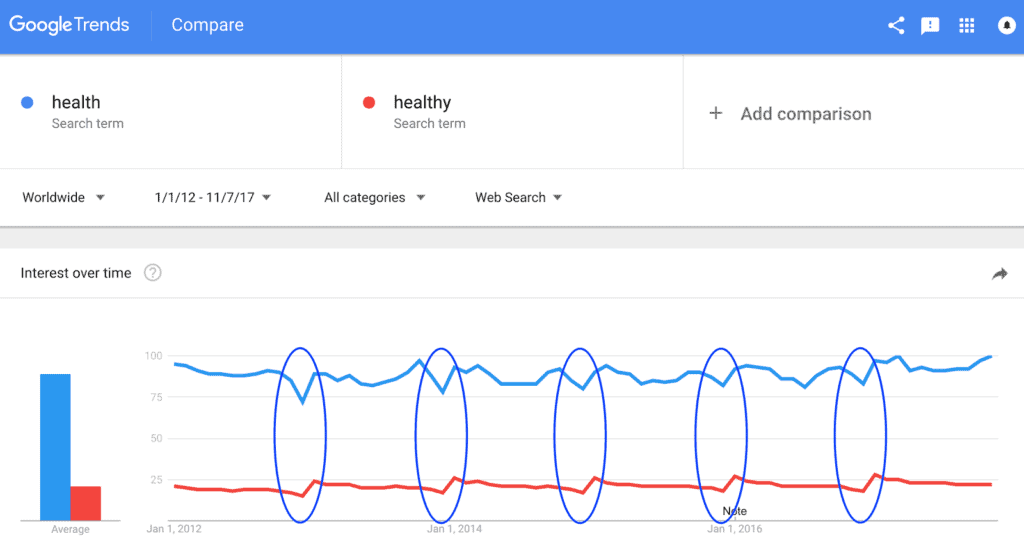
1. Remind patients to use their FSAs and HSAs before they expire!
Send an email to your patients in mid-November and every two weeks until the end of the year reminding them to use up their Health Spending Accounts (HSA) and Flex Spending Accounts (FSA). Most plans reset at the end of December, so this is a great time to remind patients to use up their remaining funds before the end of the year! Most HSA and FSA plans cover reimbursements for supplements on Fullscript, so your patients can finish the year with all the products they need to keep them feeling well over the holidays. And trust us – your patients will love using Fullscript!
2. Give your patients resources on mindful eating
The all-or-nothing nutrition mentality can only last so long until it breaks. Empower your patients by giving them resources on mindful eating to keep them focused on how they are feeling and what their body needs every time they choose to eat sweets and treats during the holidays. Two of our favorite resources are:Did you know? It is always better to consume foods out of smaller plates/bowls to unconsciously minimize food intake (1).
3. Give your patients an alternating diet schedule if they are watching their weight
Recent research (2) in a group of obese men showed that an alternating schedule diet of two weeks on (67% of calories needed to maintain weight), and two weeks off (100% of calories needed to maintain weight) over 32 weeks led to better and longer lasting weight loss, fat loss, and muscle gain compared to just 16 straight weeks of dieting at 67% of required calories. Who wouldn’t want that! By including mindful indulgences into a bigger plan, and creating room for more calories during the overall weight loss initiative, the plan is more likely to be one that lasts. Part of most successful dietary interventions is tracking food intake (3): My Fitness Pal is a great tool to help patients track their nutrition and the calories they consume. With these tips, you can help your patients with their wellness and healthy lifestyle. This way, when our calendars restart your patients’ health doesn’t have to.Help more patients.
right in your Fullscript account!
New to Fullscript? Sign up now.




